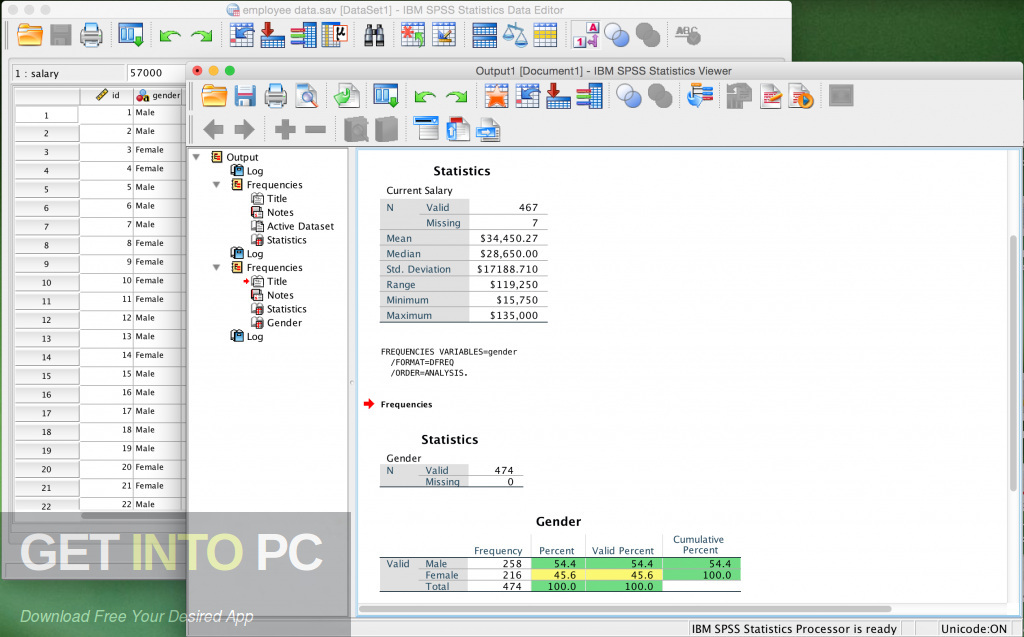
The number of foodborne diseases at the domestic level is underreported and lacks consistency for a number of reasons. Inadequate consumer food preparation practices (e.g., cross-contamination, insufficient heat treatment) in the household environment were the most commonly reported cause of outbreaks.

In the same year, a total number of 2,495 hospitalisations and 31 outbreak-related deaths were reported. In 2021, the European Food Safety Authority (EFSA) and the European Centers for Disease Control and Prevention (ECDC) reported 4,005 foodborne outbreaks, and 32,543 foodborne illnesses.

Public health burden generated by improper hand washing may be significantly reduced if education is targeted on consumers’ behaviour and practices. Information and education should point both at the key moments as suggested by the Royal Society for Public Health (RSPH) and the International Scientific Forum on Home Hygiene (IFH) and safe practices.

Overall, taking into consideration the likelihood of washing hands after touching raw chicken and the percentages scores for proper hand cleaning methods and key moments for hand washing, the rank of the countries regarding proper hand hygiene practices was the following: Denmark, Greece, Norway, Romania, Hungary, Germany, UK, Portugal, France, and Spain. Meanwhile, families with children under the age of 6 reported being up to twice as likely to wash their hands at critical moments compared to families without children. ResultsĪccording to the regression models, families with elderly members aged over 65 showed a higher tendency to follow proper hand washing practices compared to families without elderly members. Regression analyses were used to check the relation between demographic characteristics, country of origin and self-reported hand hygiene practices.
#Ibm spss statistics 23 download software#
SPSS Statistics 26 (IBM Software Group, Chicago, IL) was used for the descriptive and regression analyses of the data. The survey questions were based on recommended hand hygiene practices and on observed practices from a field study performed in 90 European households from six of the countries covered by the survey (France, Hungary, Norway, Portugal, Romania, and UK). The research design consisted of a cross-national quantitative consumer survey regarding food safety and hygiene practices during meal preparation (SafeConsume project) and was conducted in ten European countries (France, Denmark, Germany, Greece, Hungary, Norway, Portugal, Romania, Spain and UK). To sum up, IBM SPSS Amos is a comprehensive application for anyone involved with statistical analysis, but especially users who are also accustomed to programming in VB and C#.The aim of this paper was to map consumers’ food hygiene practices from 10 European countries and evaluate which demographic groups are more likely to be exposed to foodborne pathogens and establish a ranking of adherence to food hygiene practices in 10 European countries. The program allows users to conduct basic or advanced statistical analyses, complete with structural equation models These user-built components can enhance functionality by incorporating SEM results into a larger project, or by creating classes to be called by the tool.
#Ibm spss statistics 23 download code#
A separate module, “ProgramEditorCLI” is employed to handle code and one can even run and debug scripts. Users accustomed to scripting will also appreciate the built-in support for VB and C# customized programs. Another noteworthy aspect is its support for more advanced users, as the application can be run both with and without a GUI. The ability to build structural equation models in a highly intuitive manner is one of the strong points of this tool. These images can serve to explain correlations between variables, a fact equations are ill-equipped for. IBM SPSS Amos seeks to address this issue by providing users with basic, but adequate tools to create diagrams. Getting results across to an audience unfamiliar with Statistics has always been a burden for researchers and analysts. However, a distinctive feature of this program is that it combines informative graphics with raw statistical power. Information can be fed into the program via multiple types of containers, including DBFs, MDBs, XLS documents, and even properly formatted TXTs or CSVs.Ĭhi-square tests and covariance calculations can be performed with just several mouse clicks and bootstrap analyses are also supported. Analyze correlations between items in large datasetsĮssentially, the program can create common statistical models, such as regression analysis, as well as Bayesian estimations on any type of source data.

IBM SPSS Amos is one such digital tool, allowing users to create powerful models, but also intuitive and highly informative diagrams. Quantitative methods and statistical ones, in particular, have seen a sharp rise in usage, corresponding to the increase in computational power of processors.


 0 kommentar(er)
0 kommentar(er)
